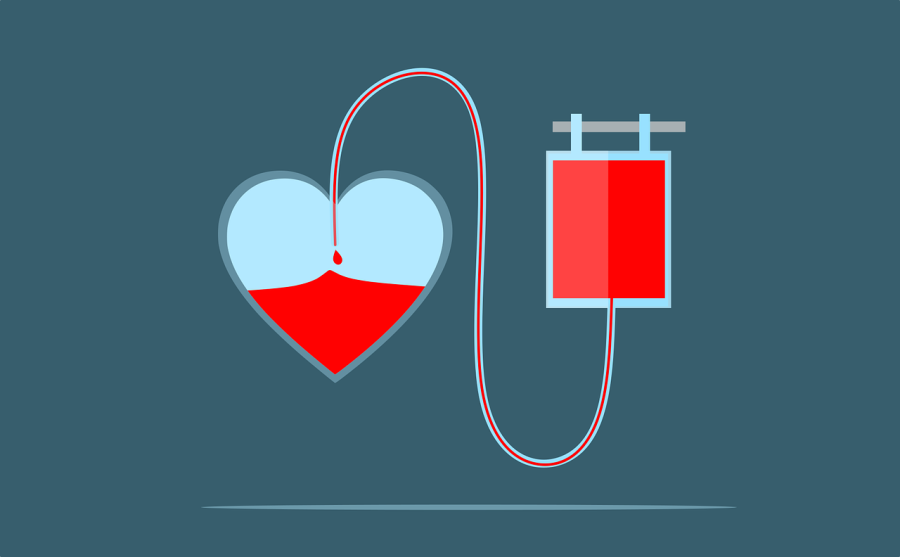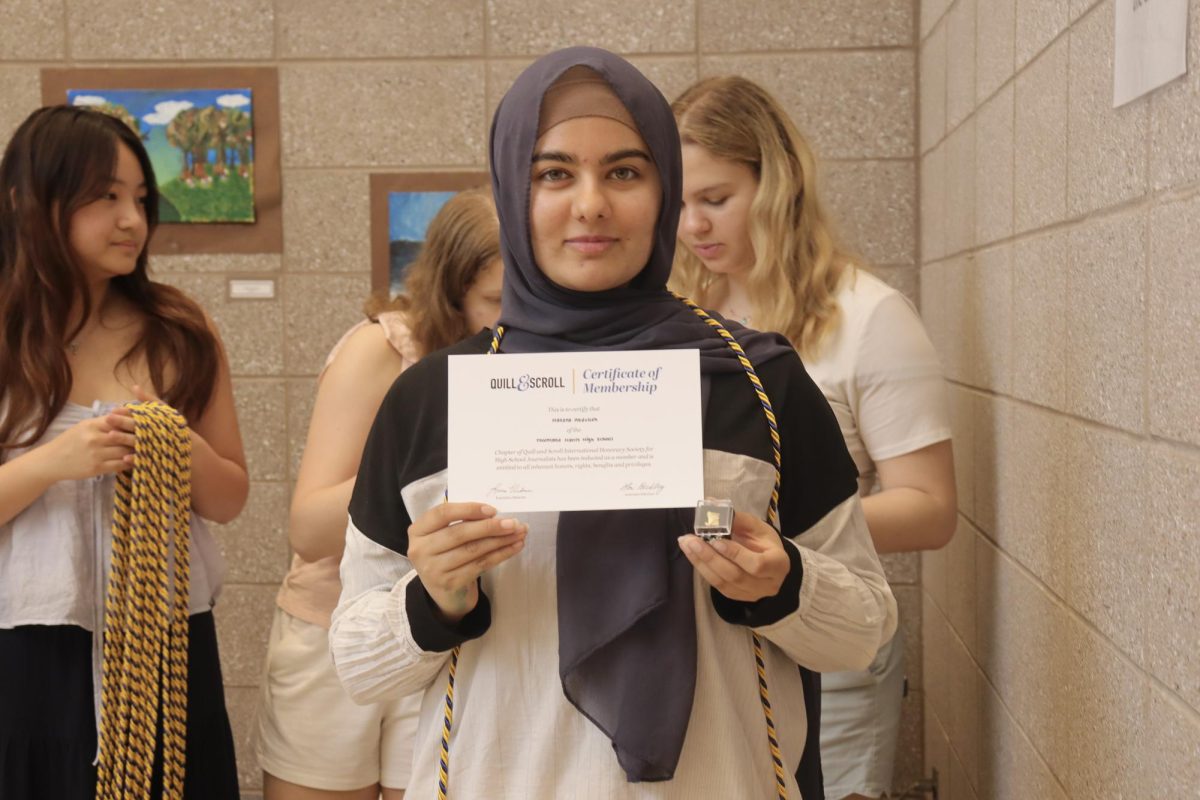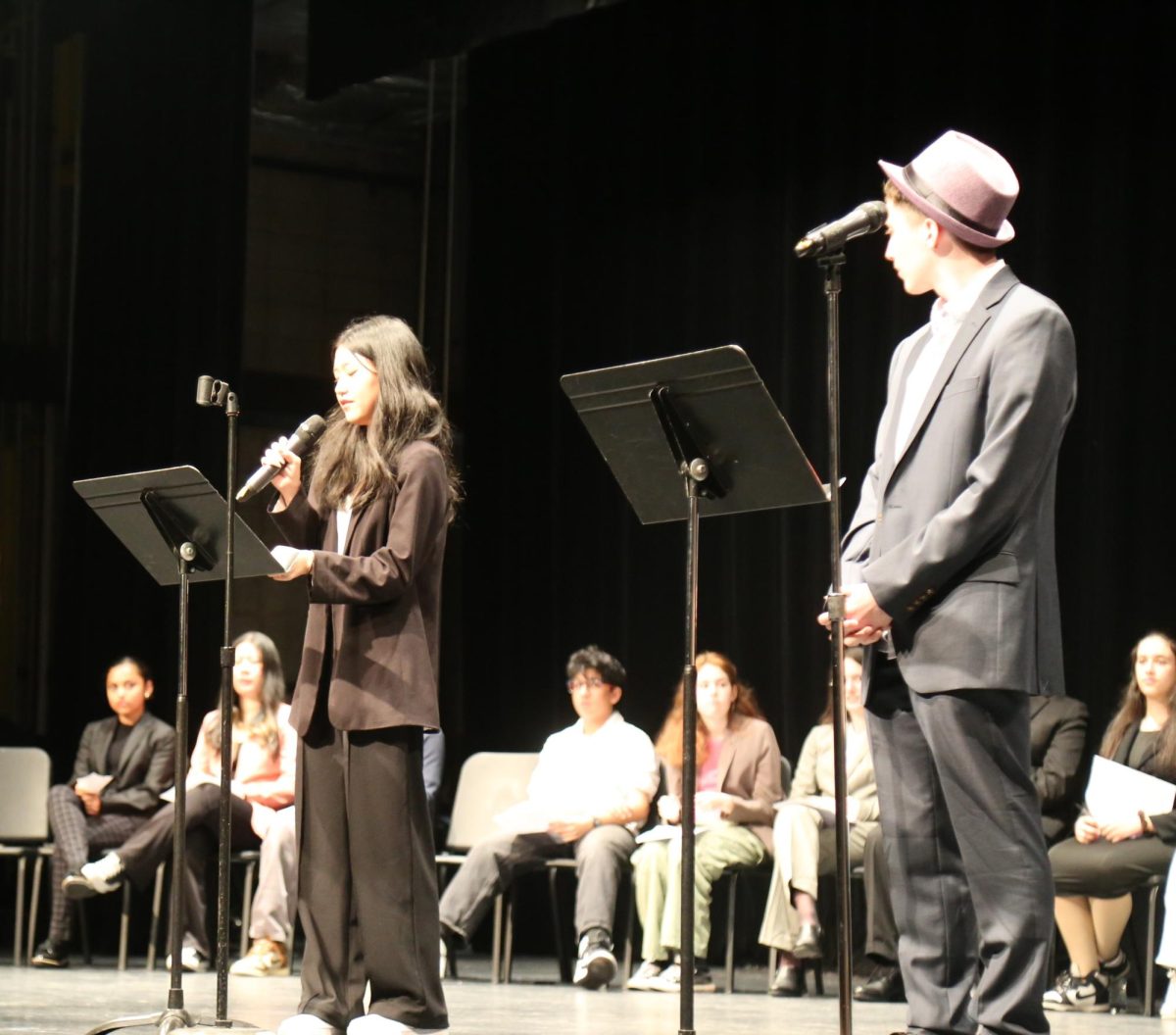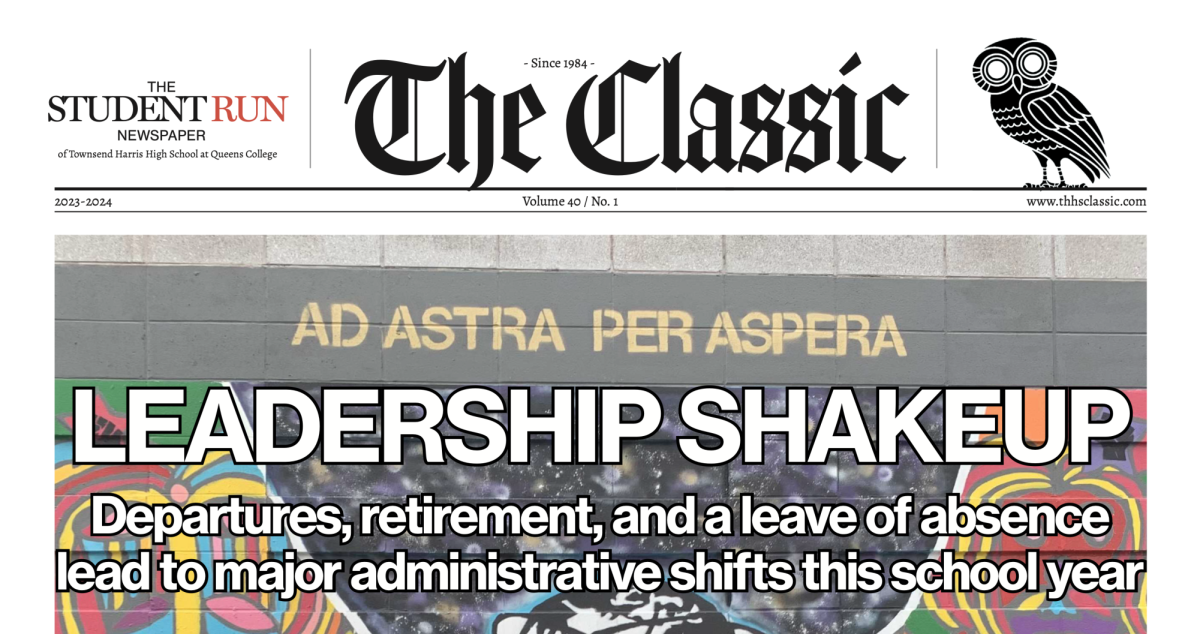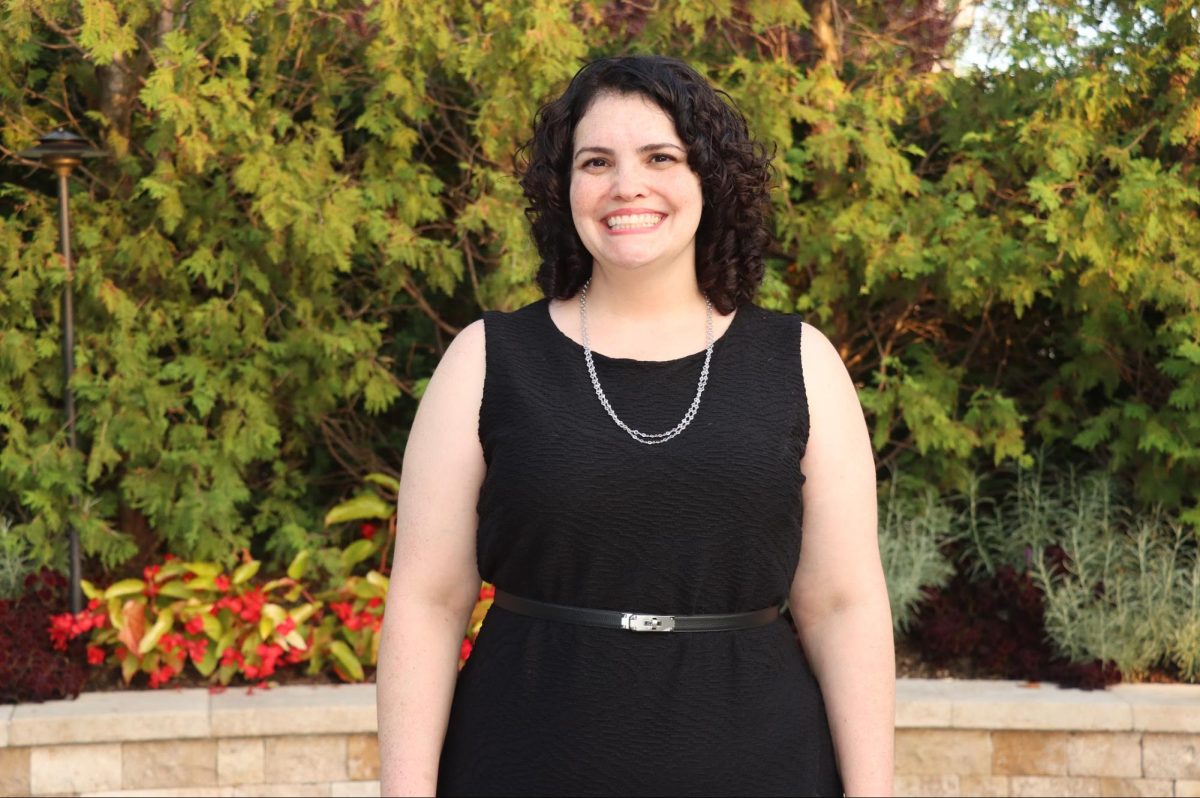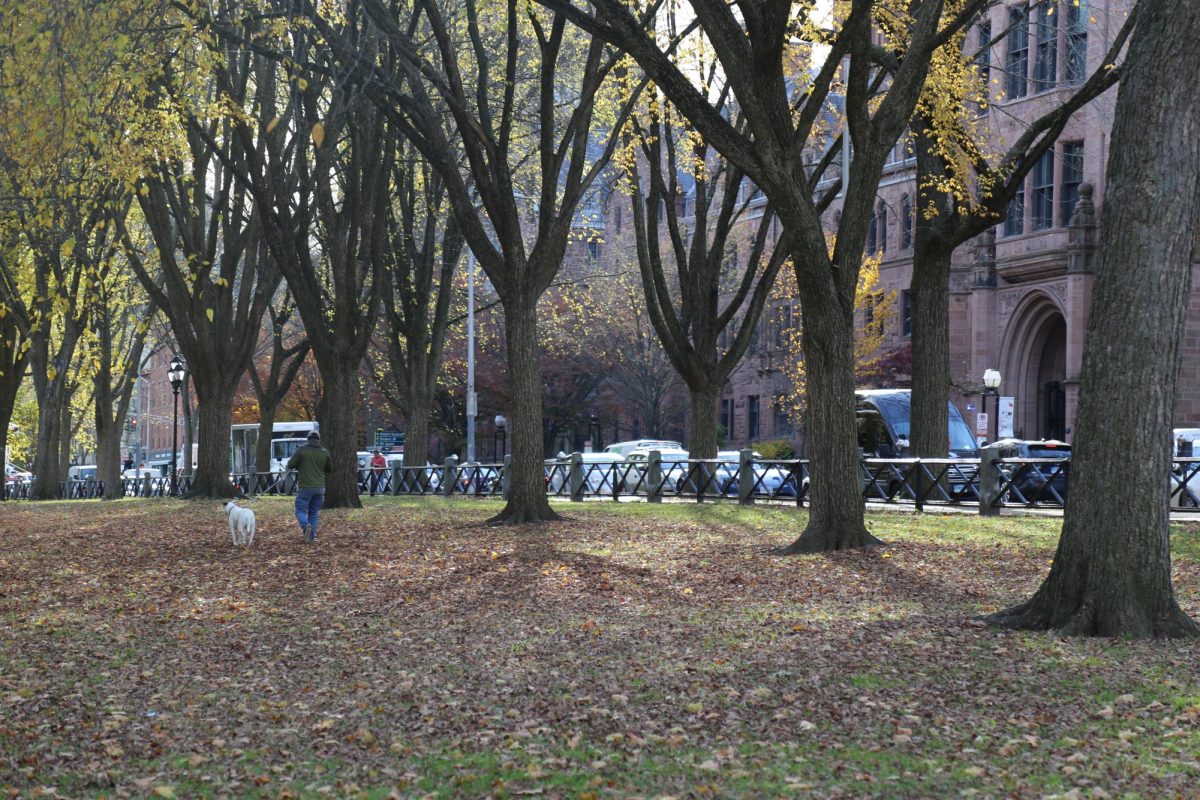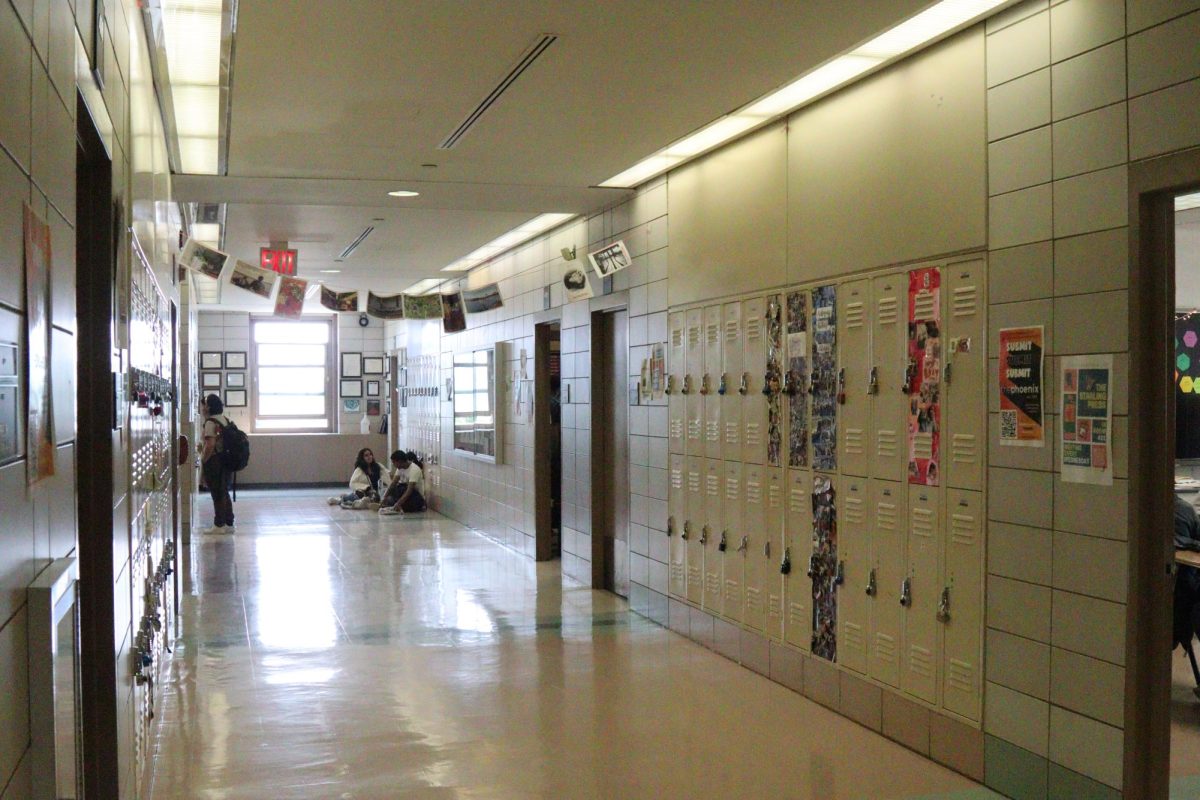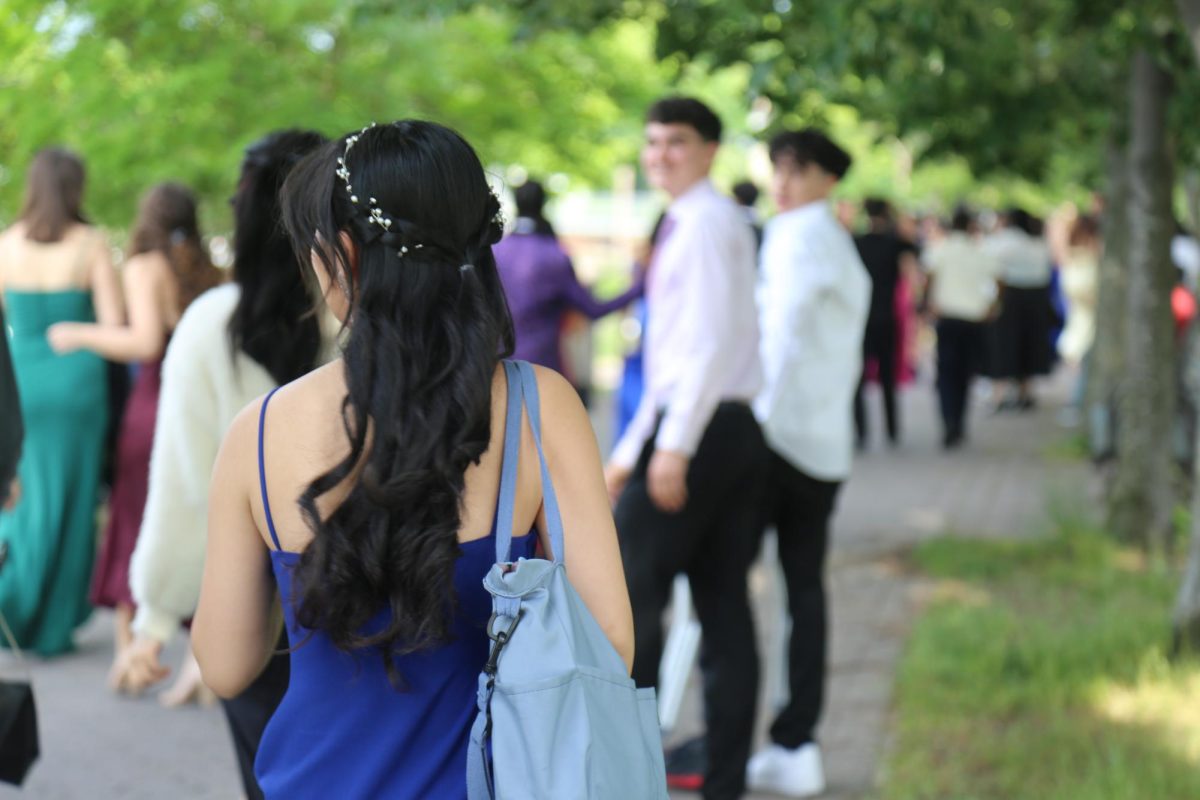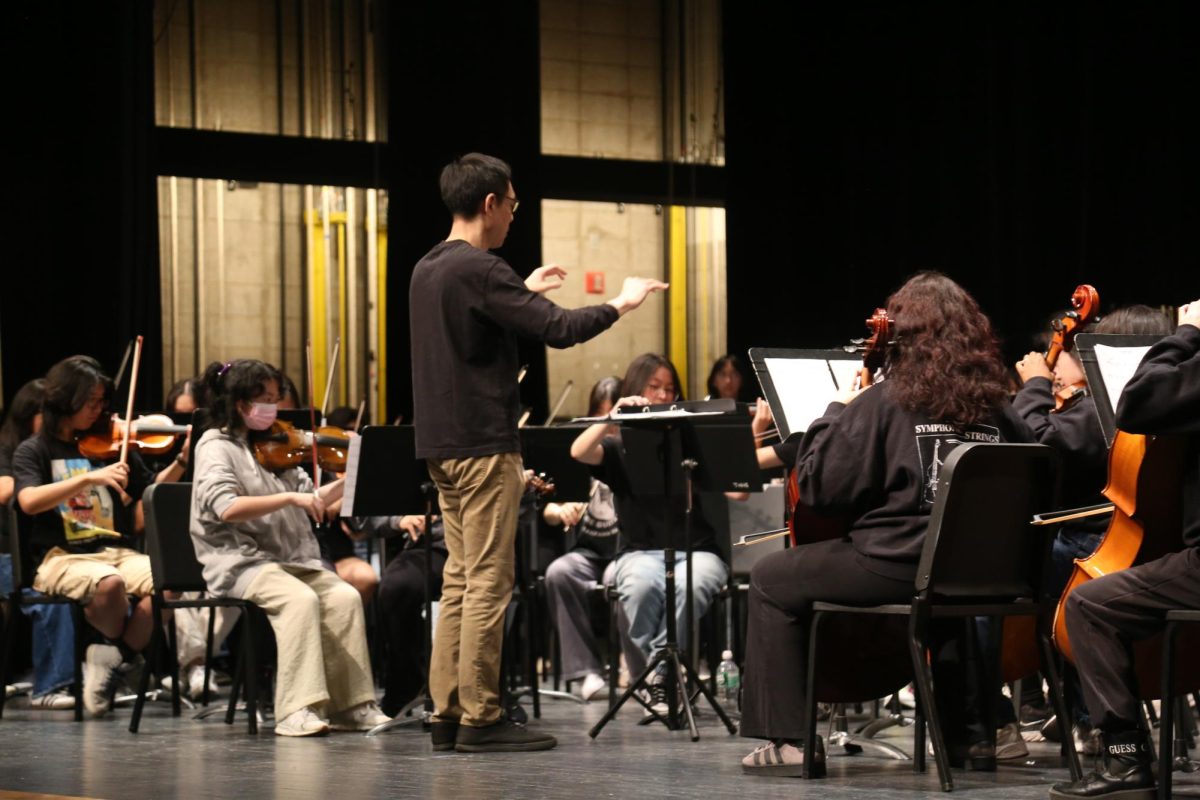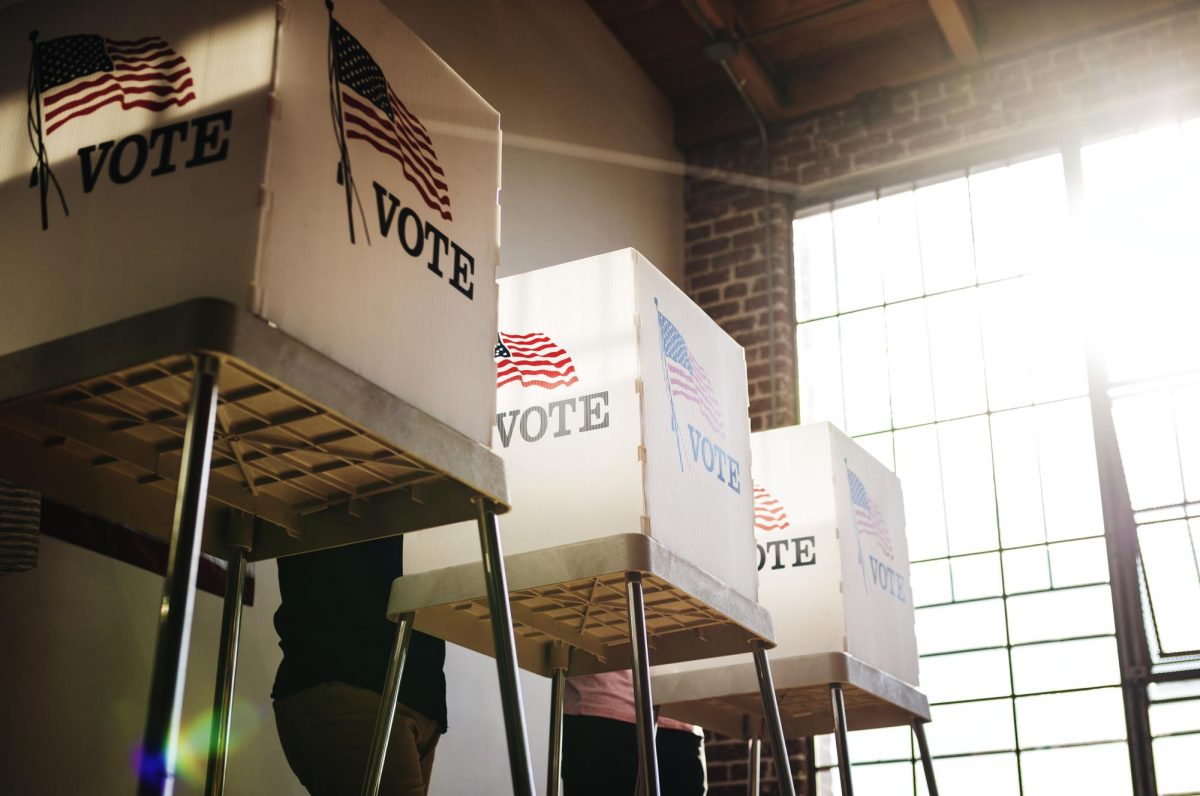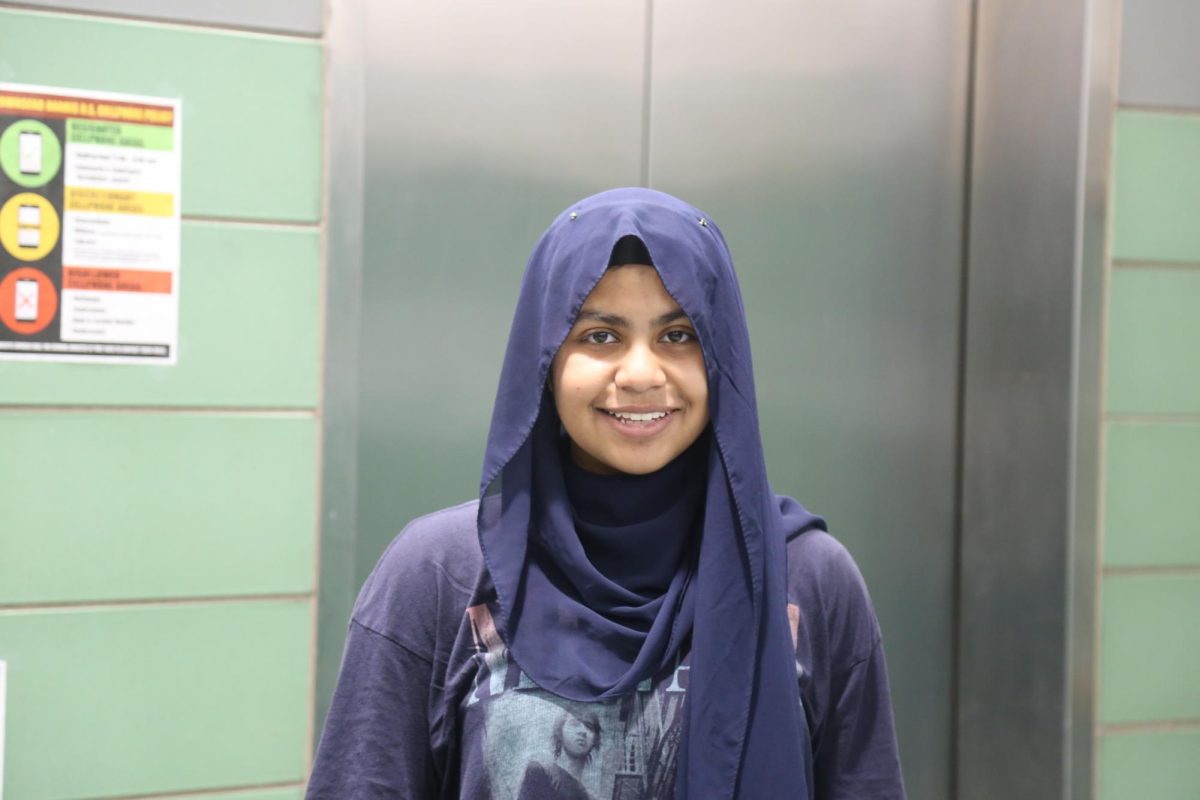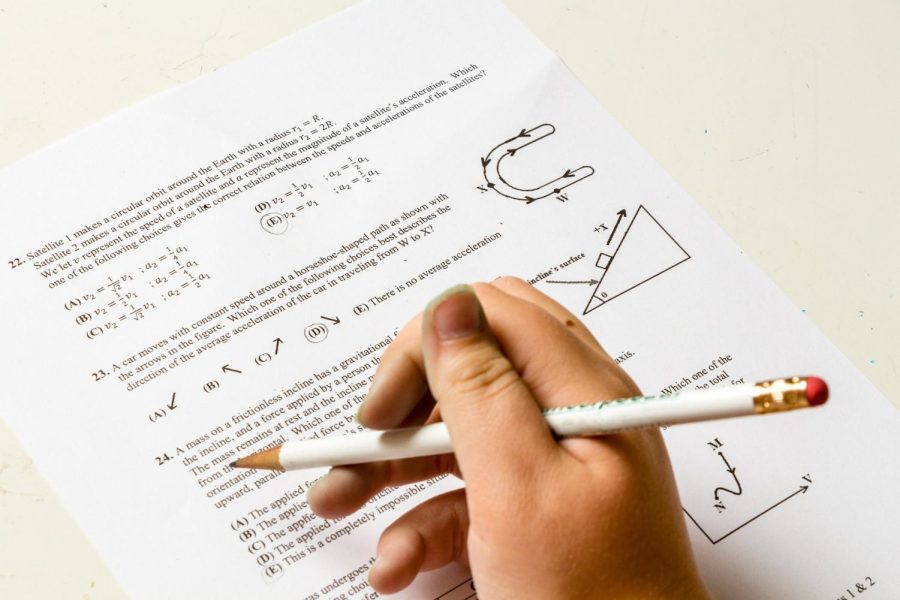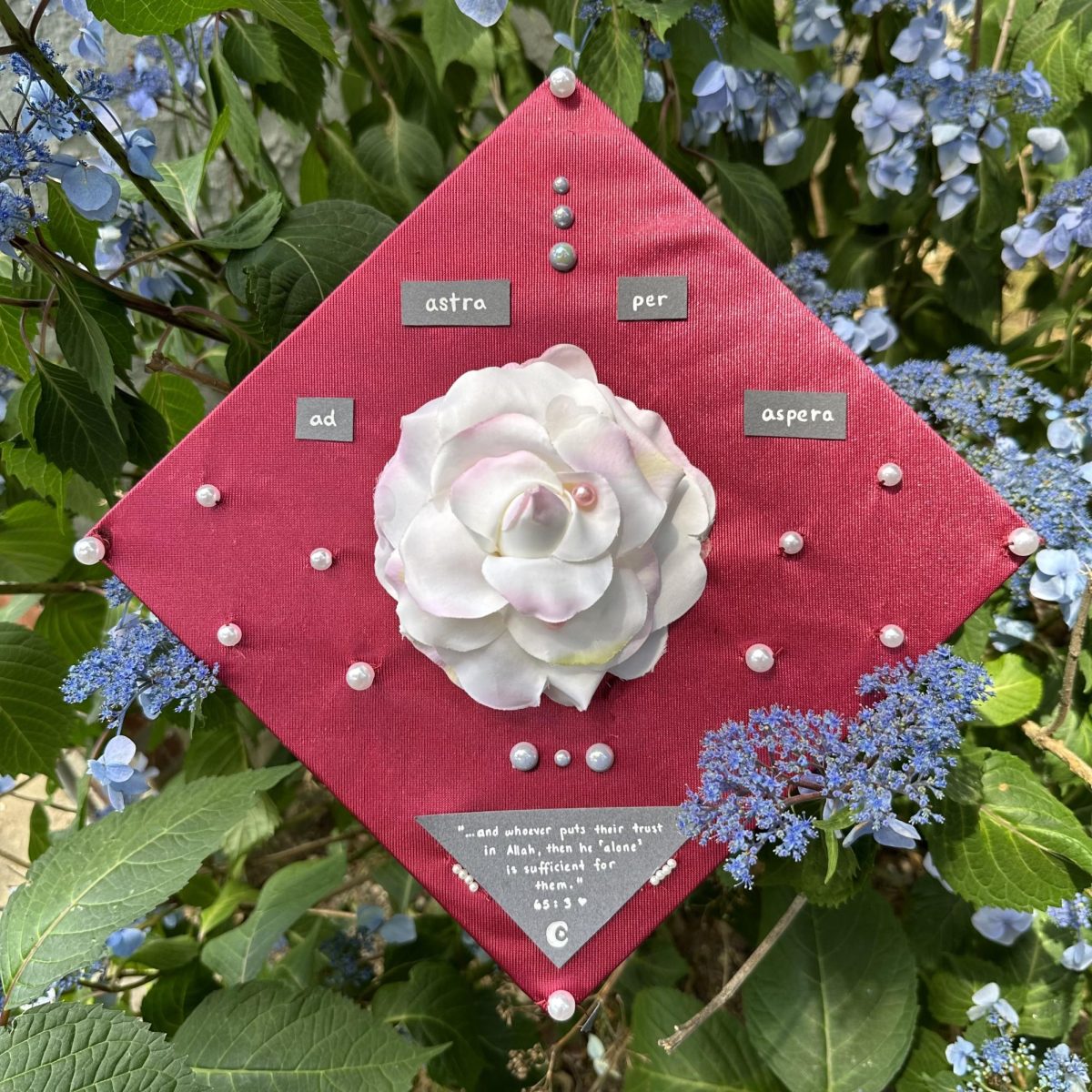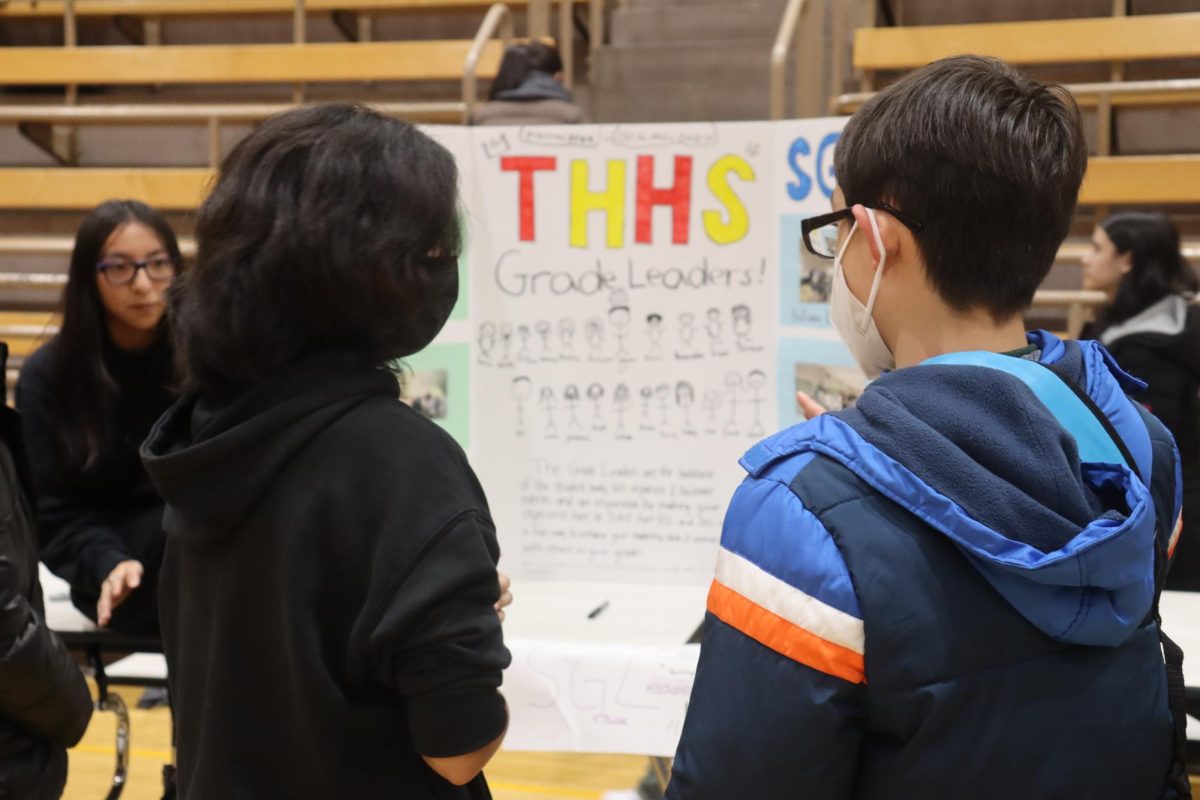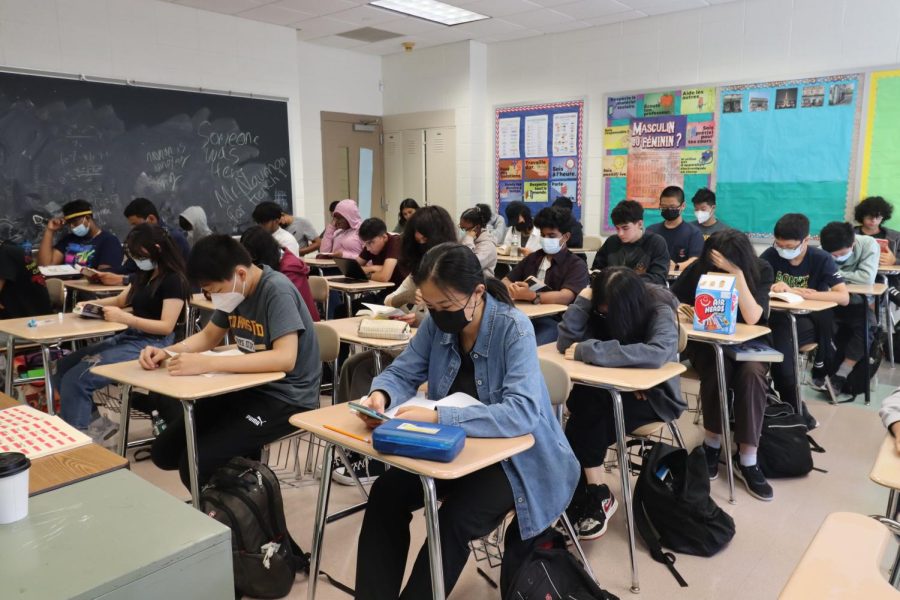
The recent massacre in Newtown, Connecticut seems to have fully awakened the country to the horrors of school shootings. Barring new legislation, it is difficult for people to know what they can do to stop such things from happening. For a school community, the biggest question is: how can we recognize the warning signs that lead individuals to commit such terrible crimes?
297 people have died in school shootings since 1980.
Thirteen of them were killed at the hands of Eric Harris and Dylan Klebold at Columbine High School, an overwhelming thirty-two people were killed by Seung-Hui Cho at the Virginia Technical Institute, and recently, Adam Lanza killed twenty children at Sandy Hook Elementary School.
Because of the sheer magnitude of these statistics and the resulting devastation, it’s astounding to realize that, in many cases, it was all caused by one person. It’s even harder to grasp that, in that person’s mind, his actions were justified.
But what would propel anyone to go out and kill masses of innocent people?
By comparing school gunmen over the past years, psychologists have found common reasons for shooting, as well as signs that a student might shoot. This information is important for recognizing potentially violent students before they strike, in order to prevent future school massacres.
Stricter gun control laws seem miles away, and America’s poor mental health care system could take years to fix. So, for now, rather than appealing to the government, the simplest solution is to educate students and teachers about the warning signs of shooters and how to take action if these signs are recognized.
Before the Virginia Tech shooting, a student once remarked to his roommate that Seung-Hui Cho was “the kind of guy who is going to walk into a classroom and start shooting people.”
What signs do shooters such as Cho exhibit that might lead to such conclusions?
The most obvious warning signs are direct threats, whether online, in person, or in writing. A second warning sign is constant isolation and quietness. Cho suffered from selective mutism, a disease in which one capable of speaking does not, and Adam Lanza would shrink up against the wall nervously whenever someone spoke to him in the halls. Often, shooters are bullied, which contributes to their isolation.
A lot can also be revealed through their school work. Teachers were alerted about Cho because of the plays he wrote for a playwriting class, which were mostly angry rants about murder; teachers and students should look out for nonsensical writing with violent themes.
Another warning sign is an obsession with violent video games or movies. Many shooters spent hours in their rooms playing them.
“For some, the video game is where they let out their stress. In that sense it is helpful,” said Science teacher Shi Bing Shen. “ On the other hand, if video games take up most of your time away from what you’re supposed to then that becomes a problem. You focus on the wrong things.”
Other signs include abruptly dropping out of school (as Holmes and Lanza did), random, angry outbursts, animal cruelty, having bad relationships with parents, constantly blaming others, lack of empathy, and always being alone in their room.
However, is it this easy to pinpoint a potential shooter?
Absolutely not.
The problem is, thousands of other people have these traits, most of whom would never dream of laying hands on a gun. Not to mention, almost every teenage boy is obsessed with violent video games. We can’t just get school faculty to keep an eye on all the quiet students, nor can we send every teenager who buys Black Ops to a psychiatrist. Thus, we can never be one-hundred percent sure that a student will become violent. Most of the time, students with these signs never will. While many people possess one or more of these signs, it’s when someone has several of them that there might be reason for concern.
In retrospect, most shootings could have been avoided- if only the warning signs weren’t underestimated by students and faculty.
Thus, it is vital that one acts early.
“I would first talk to the person. Based on what the person told us, we’d decide what to do next,” says guidance counselor Sara Skoda. “We try to remain confidential, but if something is dangerous, we can’t.”
“Very often it’s something that we’ll contact parents on,” said AP of Pupil Personnel Services and Guidance, Veronica York. “It really matters what is said in a conversation and what prompted our concern.”
The faculty emphasizes the importance of speaking up about troubled students
“There might be something going on that we may not know about,” says Principal Anthony Barbetta. “Students often recognize it way before adults. The saying ‘If you see something, say something,’ also applies to students.”
“If someone’s concerned about someone, they should bring it forward,” agrees Ms. Skoda. “Students might notice something before we do.”
Another way to prevent shootings is to stop bullying if you see it and of course, never bully people yourself, whether in school or online.
Ms. Skoda emphasizes bullying prevention by educating students about the effects of it through Respect for All Week and as well as trying “to make a safe environment in school where people can come forward and speak to someone.”
While all of this isn’t suggesting that we paranoidly monitor students around us for these signs, it’s good to keep them in mind and to be ready if you recognize them. If all high schools were aware of the psychology behind shooting sprees…who knows? One might be prevented.

